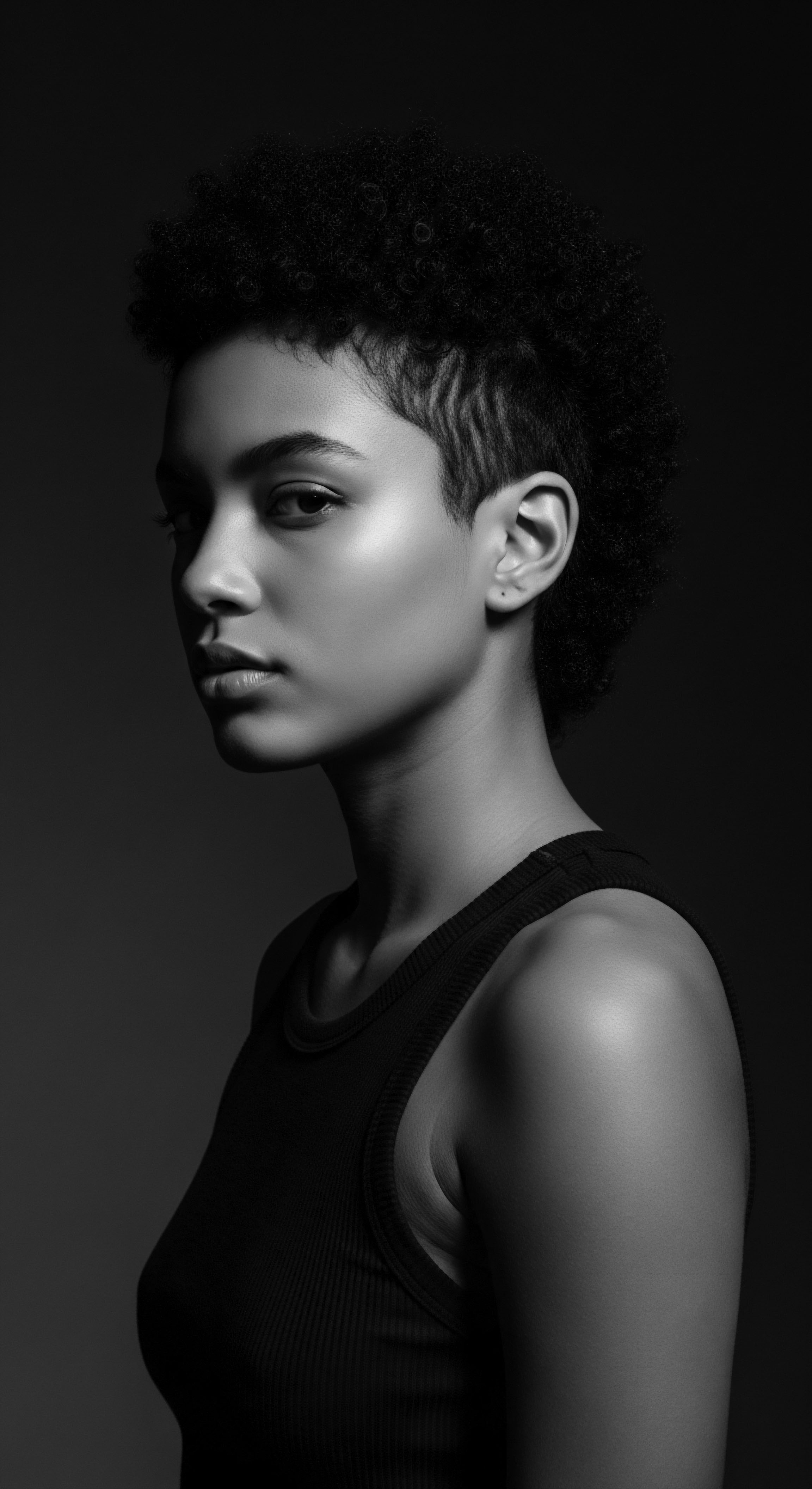
Fundamentals
The spirit of Roothea’s living library begins with an understanding of Protective Hairstyles, a concept far grander than mere aesthetic arrangement. At its simplest, a Protective Hairstyle is a deliberate configuration of hair designed to shield the delicate strands from environmental stressors and the wear of daily manipulation. This careful practice safeguards hair from the harsh elements, mechanical damage from styling, and the cumulative effects of friction against clothing or bedding. Yet, to grasp its true meaning, one must look beyond the immediate physical benefit and journey into the deep wellspring of its origins, particularly within the vast and vibrant landscape of Textured Hair Heritage.
For millennia, across the diverse civilizations of Africa, hair was not merely a physical attribute; it served as a profound repository of identity, status, spirituality, and lineage. The earliest forms of Protective Hairstyles emerged from this foundational understanding, born not from fleeting trends but from a deep, inherited wisdom about preserving the vitality of highly textured hair in varied climates. Ancestral communities understood, through generations of observation and practice, that tightly coiled or intricately braided hair, when secured and cared for, could withstand the sun’s intensity, the wind’s drying touch, and the rigors of daily life. This ancient knowledge laid the groundwork for what we now categorize as protective styling.
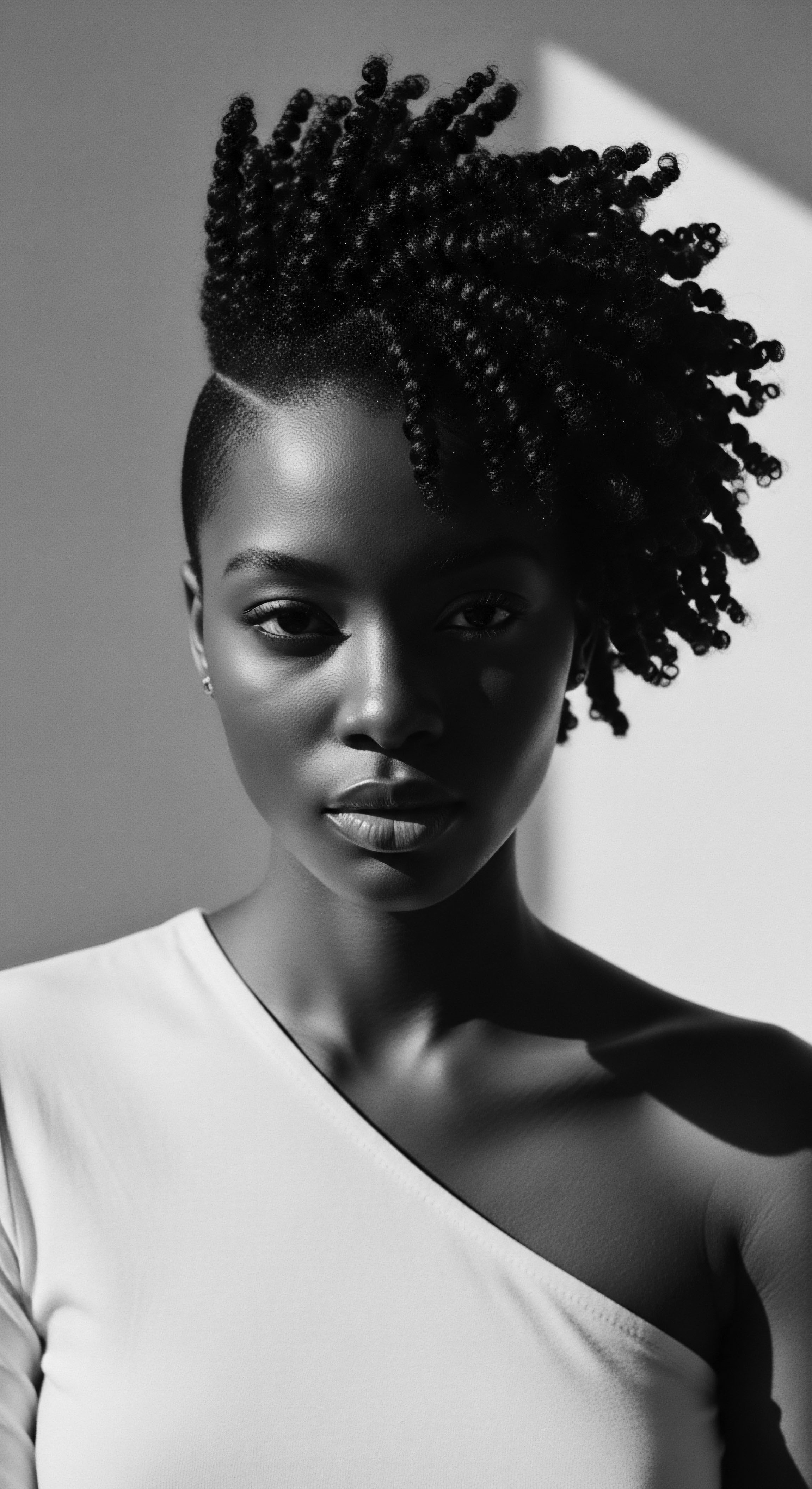
Echoes from the Source ❉ Ancient African Hair Traditions
The very notion of protecting hair is interwoven with the oldest known practices of hair care on the African continent. Archaeological findings and historical accounts reveal that societies spanning from ancient Egypt to the kingdoms of West Africa meticulously attended to their hair, often employing techniques that inherently offered protection. These practices were often communal, fostering bonds as skilled hands worked to sculpt living art.
In these contexts, the act of styling was a ritual, a moment of connection that transmitted cultural values and practical wisdom across generations. The inherent resilience of textured hair, coupled with these intentional styling methods, allowed for remarkable length retention and overall hair health, even without the modern formulations available today.
Protective Hairstyles are a legacy, a testament to ancestral ingenuity in preserving textured hair’s strength and story.
Consider the ancient Egyptians, whose elaborate wigs and intricate braids were not solely symbols of wealth or status. They also provided a practical shield against the scorching desert sun and helped maintain hygiene. Women and men of the elite classes often wore wigs made from human hair, wool, or plant fibers, intricately braided and adorned (Afriklens, 2024; Totnes Fashion & Textiles Museum, n.d.).
These constructions were a form of protection, insulating the scalp and natural hair from environmental exposure. Children, too, often sported shaved heads with a single side-lock, a style that was not only symbolic of youth but also practical for hygiene and comfort in the climate (Totnes Fashion & Textiles Museum, n.d.).
Further south, in the Kingdom of Kush, a distinct appreciation for natural hair textures prevailed, with styles often involving tightly bound rows that celebrated Nubian beauty standards (Afriklens, 2024). This historical backdrop shows that the underlying principle of protective styling – minimizing exposure and manipulation – was understood and practiced in diverse forms, adapting to local customs and environmental needs.
The foundational understanding of Protective Hairstyles is therefore rooted in this profound ancestral wisdom, where hair care was intrinsically linked to survival, identity, and cultural expression. It was a practice born of necessity, refined by artistry, and passed down through the living archives of communal memory.
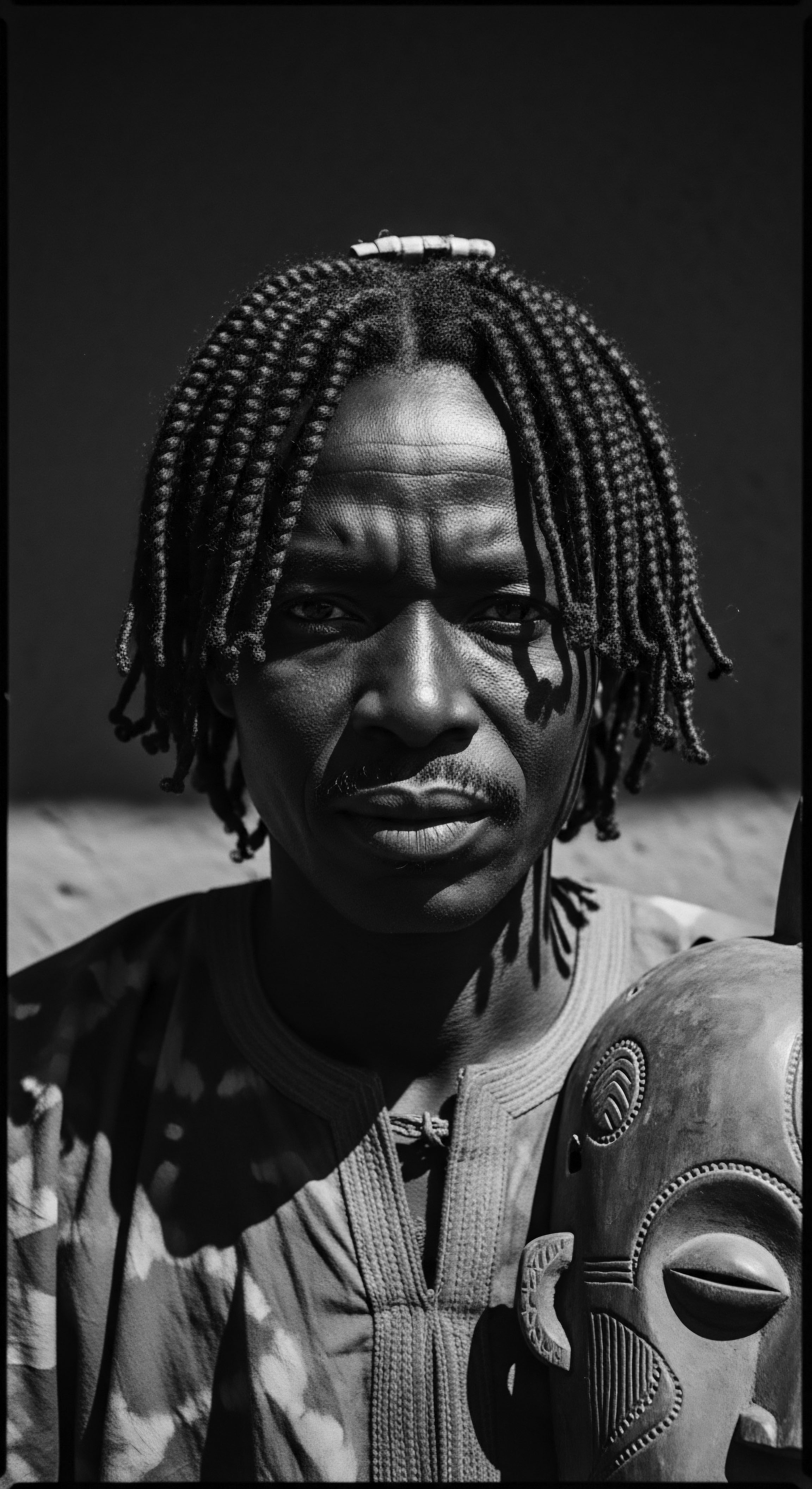
Intermediate
Moving beyond the foundational insights, the meaning of Protective Hairstyles deepens as we consider how these practices have been passed down and adapted through generations, particularly within the complex and vibrant history of Black and mixed-race hair experiences. This section explores the continuity of ancestral knowledge, defining Protective Hairstyles with greater specificity, focusing on their practical applications within evolving hair care rituals and styling traditions across the African diaspora.
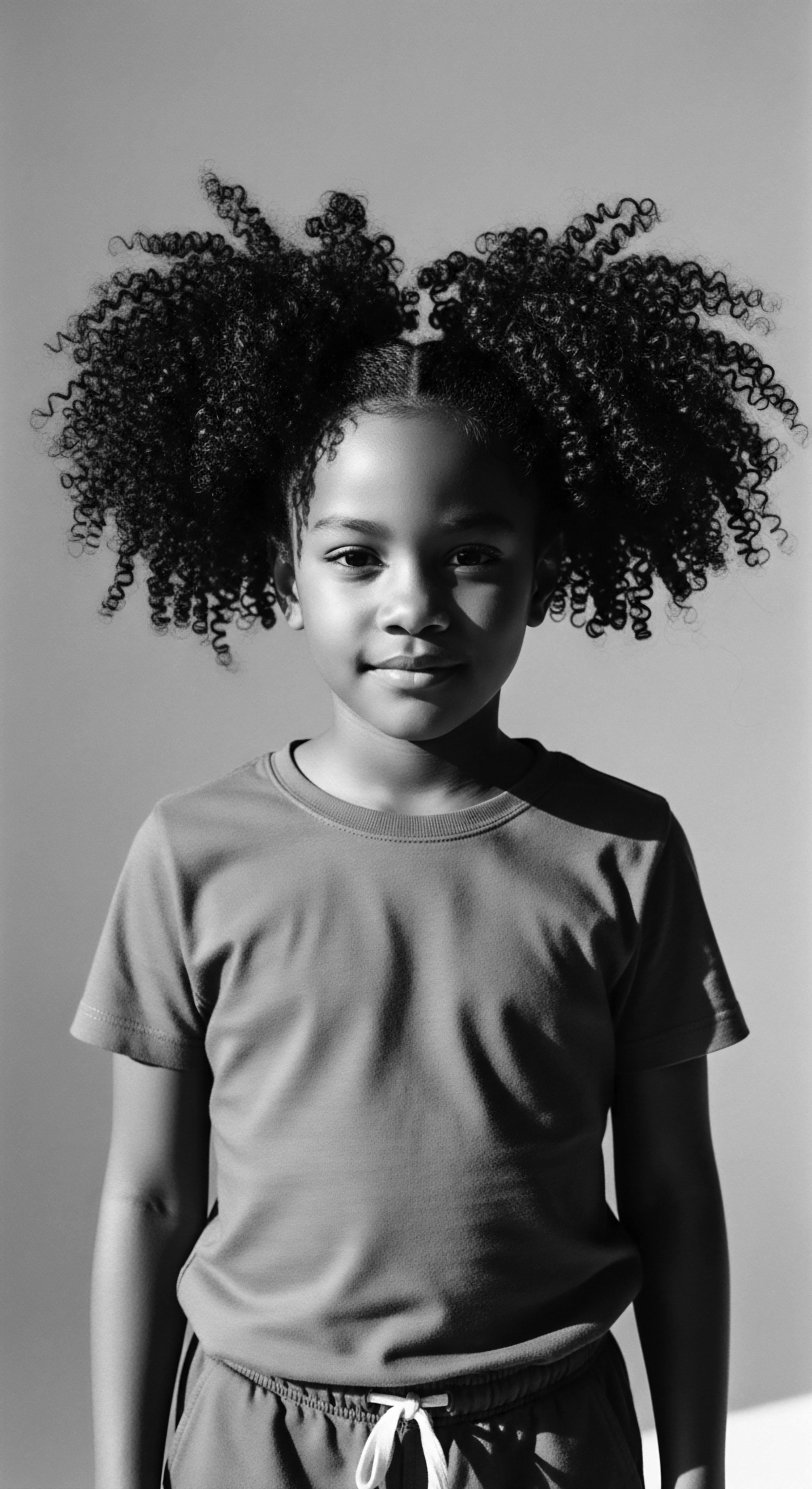
The Tender Thread ❉ Continuity Through Generations
The journey of Protective Hairstyles from ancient lands to contemporary expressions is a powerful testament to cultural resilience. As Africans were forcibly dispersed across continents during the transatlantic slave trade, they carried with them not only their memories but also their hair traditions (Royaltee Magazine, 2021). Despite brutal attempts to strip away their cultural identity, including forced hair shaving, enslaved individuals ingeniously adapted and preserved these practices (Library of Congress, n.d.; Royaltee Magazine, 2021). Braiding, twisting, and knotting became more than just ways to manage hair under harsh conditions; they transformed into covert acts of resistance, communication, and self-preservation.
The evolution of Protective Hairstyles mirrors the enduring spirit of Black and mixed-race communities, adapting ancestral wisdom for new realities.
For instance, historical accounts recount how enslaved people braided rice and seeds into their hair before forced journeys, ensuring sustenance for survival (Sartorial Magazine, 2025; Royaltee Magazine, 2021). Braiding patterns sometimes served as clandestine maps, guiding paths to freedom (Sartorial Magazine, 2025; Royaltee Magazine, 2021). This remarkable ingenuity highlights how Protective Hairstyles were not merely about appearance; they were instruments of survival, encoded with deep cultural and historical significance. The hair, once a symbol of tribal affiliation and social standing, became a canvas for silent defiance and hope.
Today, the practical applications of Protective Hairstyles continue to address the specific needs of textured hair, which, due to its unique tightly coiled structure, can be more prone to dryness and breakage (Fulham Scalp And Hair Clinic, 2024). These styles minimize manipulation, shield vulnerable ends from environmental aggressors, and aid in moisture retention, promoting length preservation and overall hair vitality (Afrocenchix, 2018; Taliah Waajid Brand, 2020).
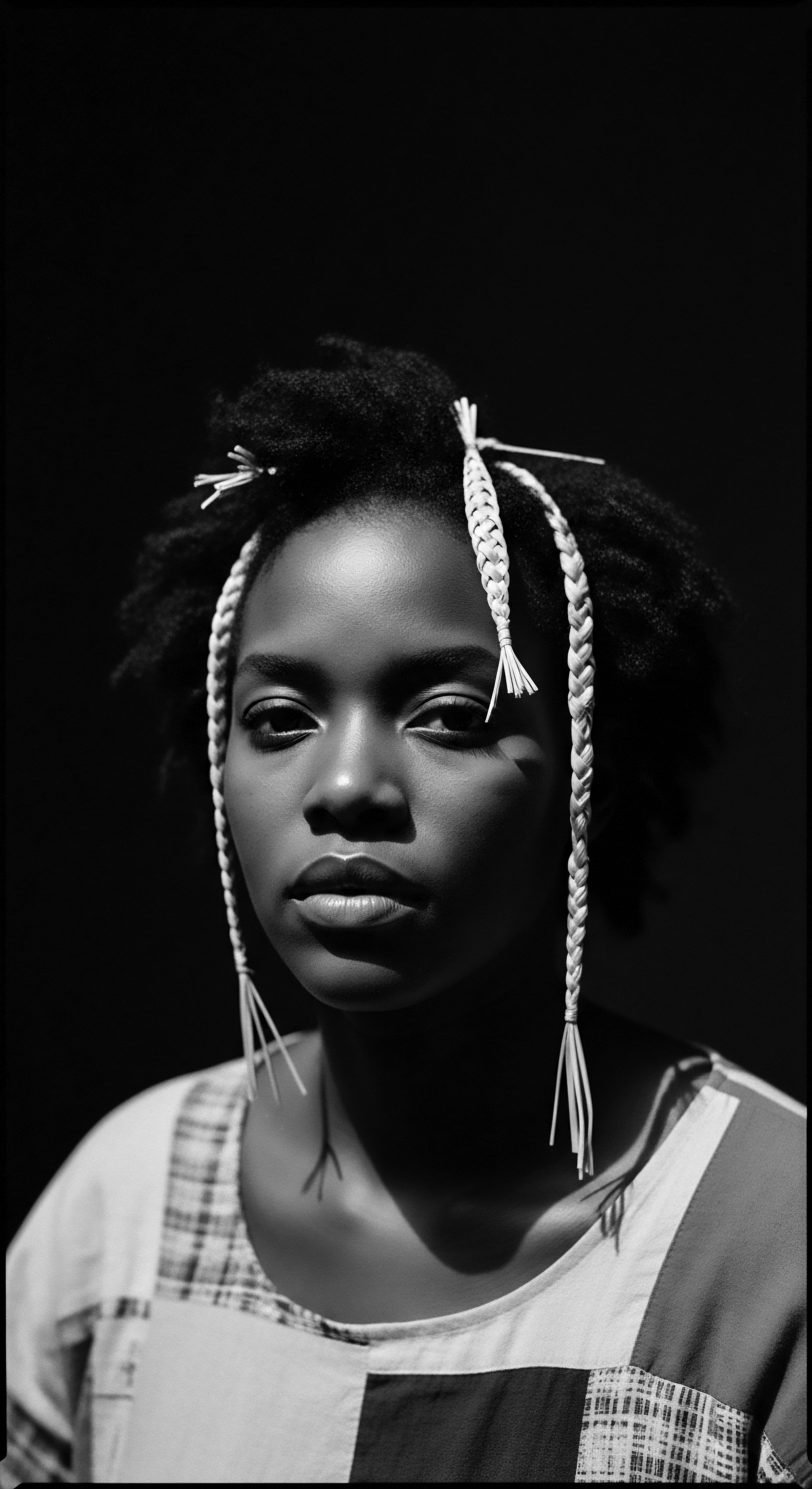
Styling for Preservation ❉ Common Forms
Many distinct forms of Protective Hairstyles have emerged and evolved, each offering particular benefits for textured hair. These styles are designed to tuck away the hair’s delicate ends, reduce friction, and limit exposure to elements like harsh winds or excessive sun.
- Braids ❉ This broad category encompasses a vast array of styles, from single braids to complex cornrows. Braids keep hair grouped together, providing “safety in numbers” for individual strands (Davis-Sivasothy, n.d. as cited in Afrocenchix, 2018). Examples include Box Braids, characterized by square partings, and Fulani Braids, known for their intricate patterns and often incorporating beads or shells (FASHION Magazine, 2021; The Pigmented, 2024).
- Twists ❉ Similar to braids but involving two strands twisted around each other, twists are gentler on the hair and can be worn as-is or styled into updos for added protection (Fulham Scalp And Hair Clinic, 2024). Two-Strand Twists and Flat Twists are common variations, both contributing to moisture retention and reduced tangling (Whiz Laboratories, 2023).
- Locs ❉ Whether natural or faux, locs are formed by matting or coiling hair into rope-like strands. This style significantly reduces daily manipulation and allows for considerable length retention over time (Royaltee Magazine, 2021).
- Buns and Updos ❉ Simple yet effective, these styles involve gathering hair and securing it close to the scalp, keeping the ends fully tucked away (Afrocenchix, 2018; Taliah Waajid Brand, 2020). When crafted with care, they offer excellent protection from external stressors.
The efficacy of these styles is rooted in their ability to minimize the physical manipulation that can lead to breakage in highly textured hair. By reducing daily combing, brushing, and exposure to environmental fluctuations, Protective Hairstyles create a stable environment where hair can thrive, grow, and retain its natural moisture. This practical function is inseparable from their profound cultural resonance.
The knowledge of how to craft and care for these styles is often passed down through familial lines, from mother to daughter, aunt to niece, embodying a living heritage. The shared experience of getting hair braided or twisted often serves as a space for storytelling, community building, and the transmission of cultural wisdom (Sartorial Magazine, 2025). This collective memory reinforces the significance of Protective Hairstyles as a cornerstone of textured hair care, connecting individuals to a rich and enduring legacy.
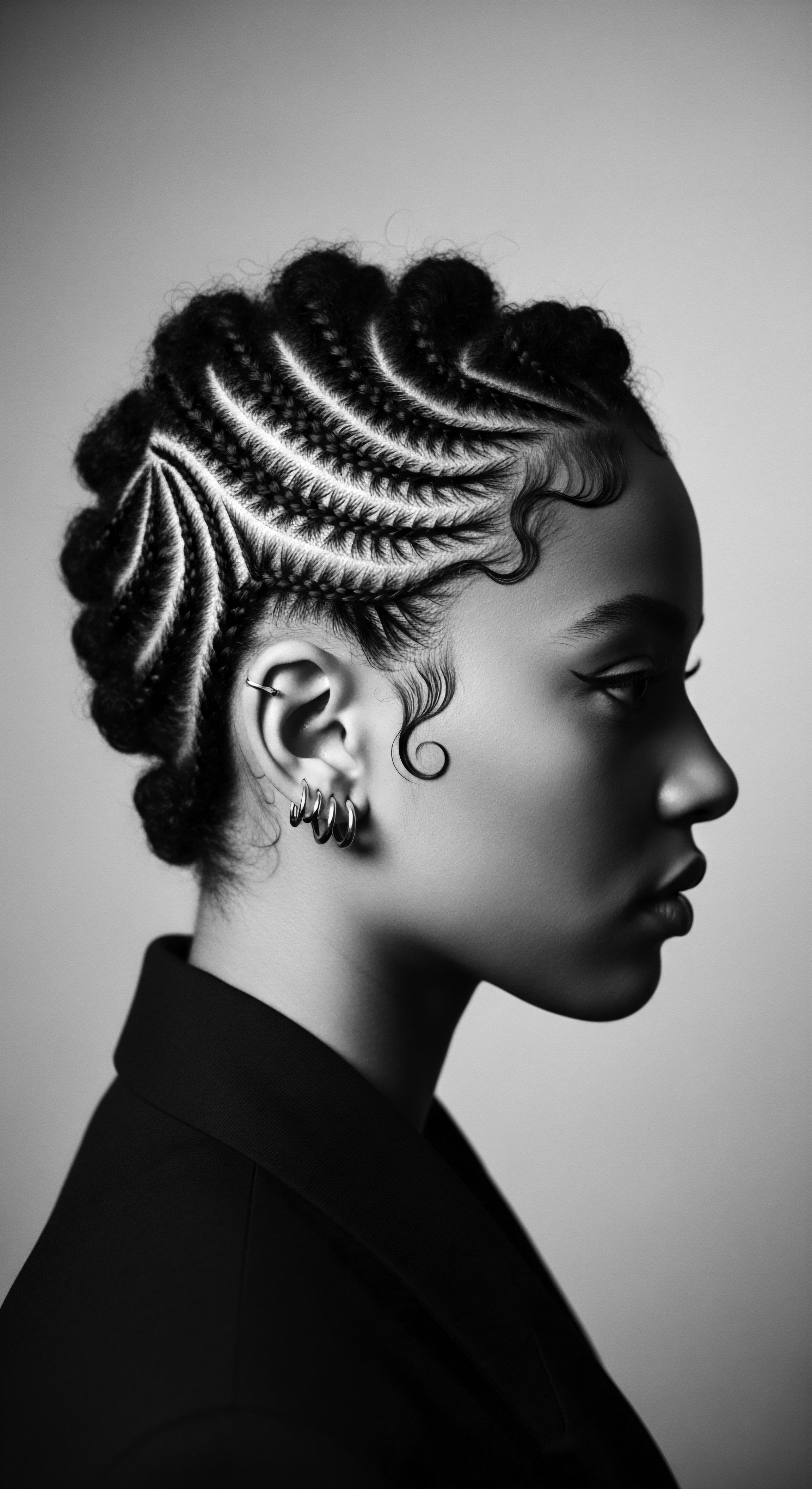
Academic
At an advanced level, the Protective Hairstyle transcends a mere hair care technique, standing as a profound semiotic system, a biological imperative for specific hair structures, and a testament to enduring cultural resistance and adaptation within the African diaspora. Its meaning extends into the theoretical, anthropological, historical, and scientific realms, demanding a deeply insightful explication of its full significance and implications for understanding and celebrating this living heritage.
A Protective Hairstyle, within the scholarly discourse of Roothea, represents a strategic intervention in the lifecycle of textured hair, meticulously designed to mitigate biomechanical stress and environmental degradation, thereby promoting optimal length retention and structural integrity. This is achieved through a deliberate reduction of external manipulation and direct exposure to atmospheric variables such as humidity fluctuations, solar radiation, and particulate matter. The practice, while serving a critical physiological function for hair types characterized by high curl density and elliptical cross-sections, simultaneously functions as a powerful socio-cultural artifact, laden with ancestral narratives, identity markers, and mechanisms of community cohesion.
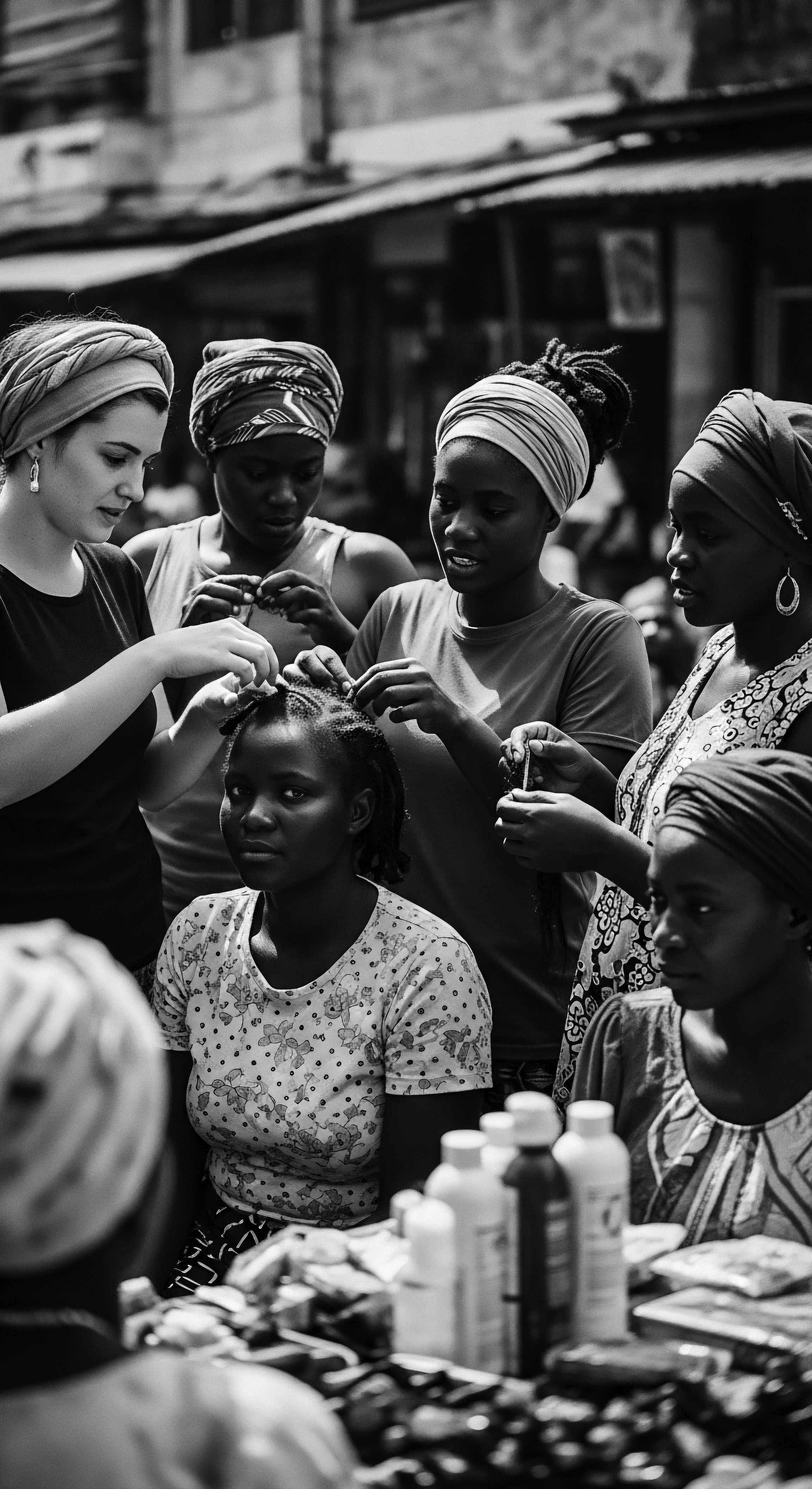
The Biomechanics of Protection and Ancestral Wisdom
From a scientific vantage point, the tightly coiled architecture of Afro-textured hair presents inherent vulnerabilities. The numerous bends and twists along each strand create points of fragility, making it more susceptible to breakage under tension or friction (Fulham Scalp And Hair Clinic, 2024). Furthermore, the natural oils produced by the scalp, sebum, struggle to travel down the length of these coils, leading to chronic dryness, which exacerbates susceptibility to damage (Fulham Scalp And Hair Clinic, 2024).
Protective Hairstyles directly address these biological realities. By gathering individual strands into larger units (braids, twists, locs) or tucking them away from external contact (buns, updos), these styles minimize mechanical stress, reduce the surface area exposed to drying air, and allow for the accumulation and distribution of natural emollients or applied moisturizers (Afrocenchix, 2018; The Pigmented, 2024).
This scientific understanding, while articulated with modern terminology, echoes the empirical wisdom of ancestral practitioners. Without formal scientific laboratories, generations of hair artists and caregivers observed the behaviors of textured hair, intuitively developing techniques that preserved its health. The application of natural oils and butters, often infused with herbs, to braided or twisted styles, a practice documented across various African communities, provided lubrication and a sealing barrier, effectively combating dryness and strengthening the hair fiber (Reddit, 2021; Cheribe Beauty, n.d.). This ancestral methodology, such as the use of Chebe powder by the Basara women of Chad for extreme length retention, applied to braided hair, directly correlates with modern trichological principles of moisture sealing and reduced manipulation for hair health (Reddit, 2021).
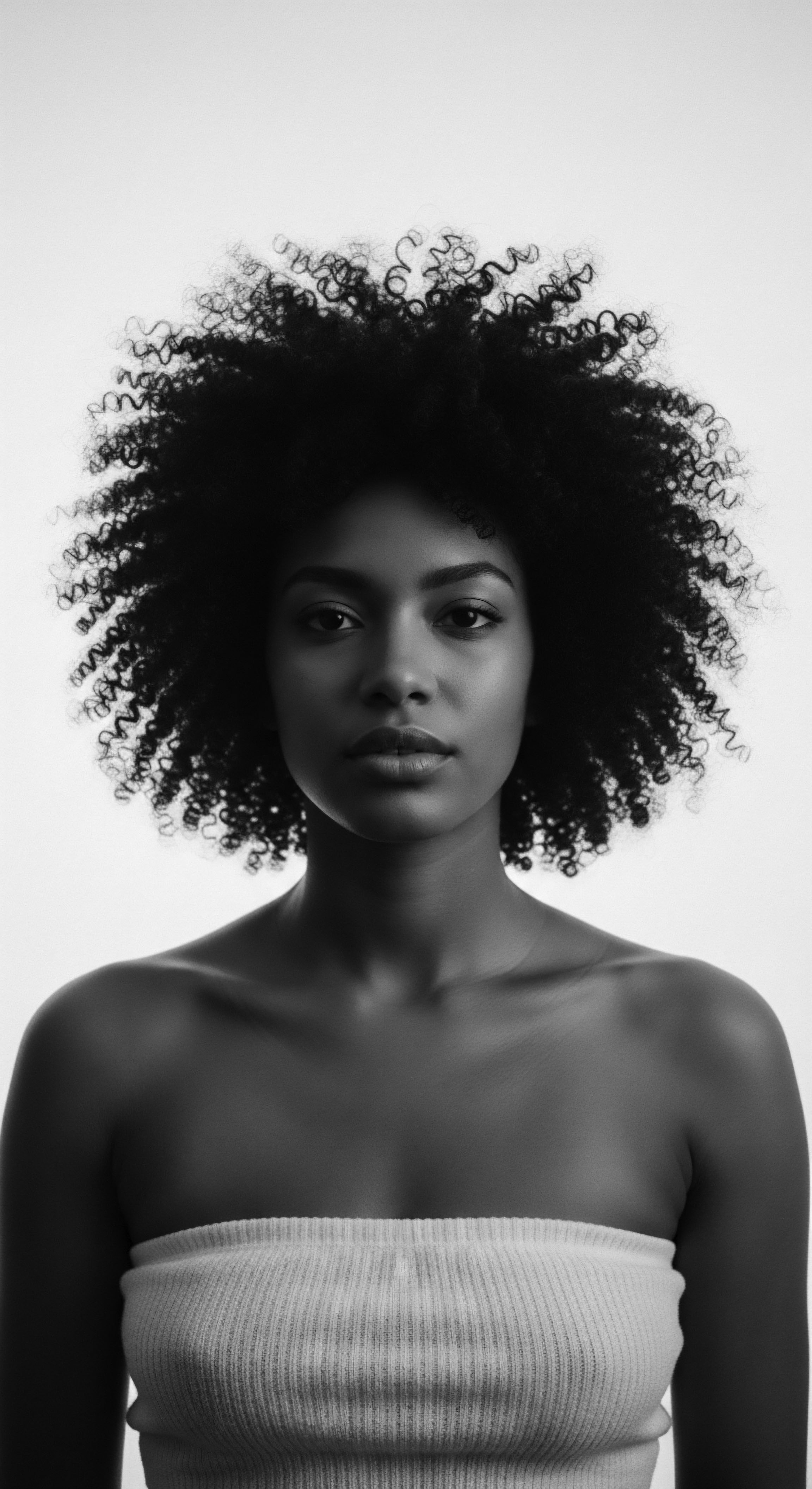
Hair as a Living Archive ❉ A Case Study in Yoruba Traditions
The profound cultural significance of Protective Hairstyles is perhaps nowhere more vividly demonstrated than in the historical practices of the Yoruba people of Southwest Nigeria. Here, hair styling was not merely an aesthetic choice but a sophisticated visual language, communicating intricate details about an individual’s identity, status, and spiritual beliefs. The hair, known as Irun, was considered sacred, a medium connecting individuals to their ancestors and deities (Afriklens, 2024; DiscoverYorùbá!, 2024). The very act of hairstyling, often performed by revered onídìrí (hairdressers), was a ritualistic process, acknowledging the spiritual head, orí inú, as equally vital as the physical head, orí òde (Fashion with Ibilola, 2020).
Specific styles conveyed precise information. For instance, the Ṣùkú style, with its knots and braids running to the center of the head to form a crown, was historically worn by queens and princesses, signifying social status and tribal affiliation (DiscoverYorùbá!, 2024; Fashion with Ibilola, 2020; TikTok, 2025). The Ìyàwò ọ̀ṣìngín hairstyle, a smaller Ṣùkú within a larger one, communicated the marital status of newlyweds and the communal support surrounding their union (Fashion with Ibilola, 2020). Another style, Ìrun Kíkó, involved wrapping sections of hair with black thread, a method that was both decorative and profoundly protective, preventing damage and breakage while promoting length retention (DiscoverYorùbá!, 2024).
This historical example underscores a critical aspect ❉ Protective Hairstyles were deeply integrated into the semiotics of identity. The specific patterns, adornments (like cowrie shells or beads indicating wealth), and even the tools used, were heavily regulated and carried distinct meanings (Fashion with Ibilola, 2020).
Even during the harrowing period of the transatlantic slave trade, when many Africans were forcibly shaven, the resilience of these hair traditions persisted. Enslaved individuals, particularly women, found ways to recreate and adapt protective styles, often using them as covert communication tools. As detailed by Maya Allen (as cited in Royaltee Magazine, 2021), braiding patterns were sometimes used as escape maps, and rice or seeds were braided into the hair for sustenance during journeys (Royaltee Magazine, 2021). This remarkable continuity demonstrates that Protective Hairstyles were not merely aesthetic choices but vital instruments of survival, cultural preservation, and silent resistance against oppressive forces.
The academic analysis of Protective Hairstyles thus reveals a complex interplay of biological adaptation, historical resilience, and profound cultural symbolism. They represent a living heritage, continuously reinterpreted and reaffirmed, speaking volumes about the ingenuity and enduring spirit of Black and mixed-race communities worldwide. The understanding of these styles provides a critical lens through which to appreciate the deep, ancestral knowledge embedded within textured hair care, affirming its significance far beyond superficial appearance.
| Historical Function (Ancestral Africa & Diaspora) Identity Marker ❉ Signified tribal affiliation, social status, age, marital status, and religious beliefs. |
| Contemporary Function (Modern Context) Identity Expression ❉ Celebrates cultural heritage, personal style, and natural hair identity. |
| Historical Function (Ancestral Africa & Diaspora) Spiritual Connection ❉ Hair as a conduit to ancestors and deities; styling as ritual. |
| Contemporary Function (Modern Context) Holistic Wellness ❉ Promotes scalp health and reduces stress from daily styling, contributing to overall well-being. |
| Historical Function (Ancestral Africa & Diaspora) Environmental Shield ❉ Protected hair from harsh climates (sun, dust, wind). |
| Contemporary Function (Modern Context) Environmental Protection ❉ Shields hair from modern stressors (pollution, extreme temperatures, humidity). |
| Historical Function (Ancestral Africa & Diaspora) Survival & Resistance ❉ Used for covert communication, carrying sustenance during enslavement. |
| Contemporary Function (Modern Context) Hair Health & Growth ❉ Minimizes manipulation, reduces breakage, and aids length retention. |
| Historical Function (Ancestral Africa & Diaspora) Communal Bonding ❉ Hair styling as a shared activity fostering social ties and knowledge transfer. |
| Contemporary Function (Modern Context) Community & Connection ❉ Continues to foster shared experiences and cultural pride within Black and mixed-race communities. |
| Historical Function (Ancestral Africa & Diaspora) The enduring significance of Protective Hairstyles underscores their adaptive nature, continually serving both practical needs and deeper cultural meanings across time. |
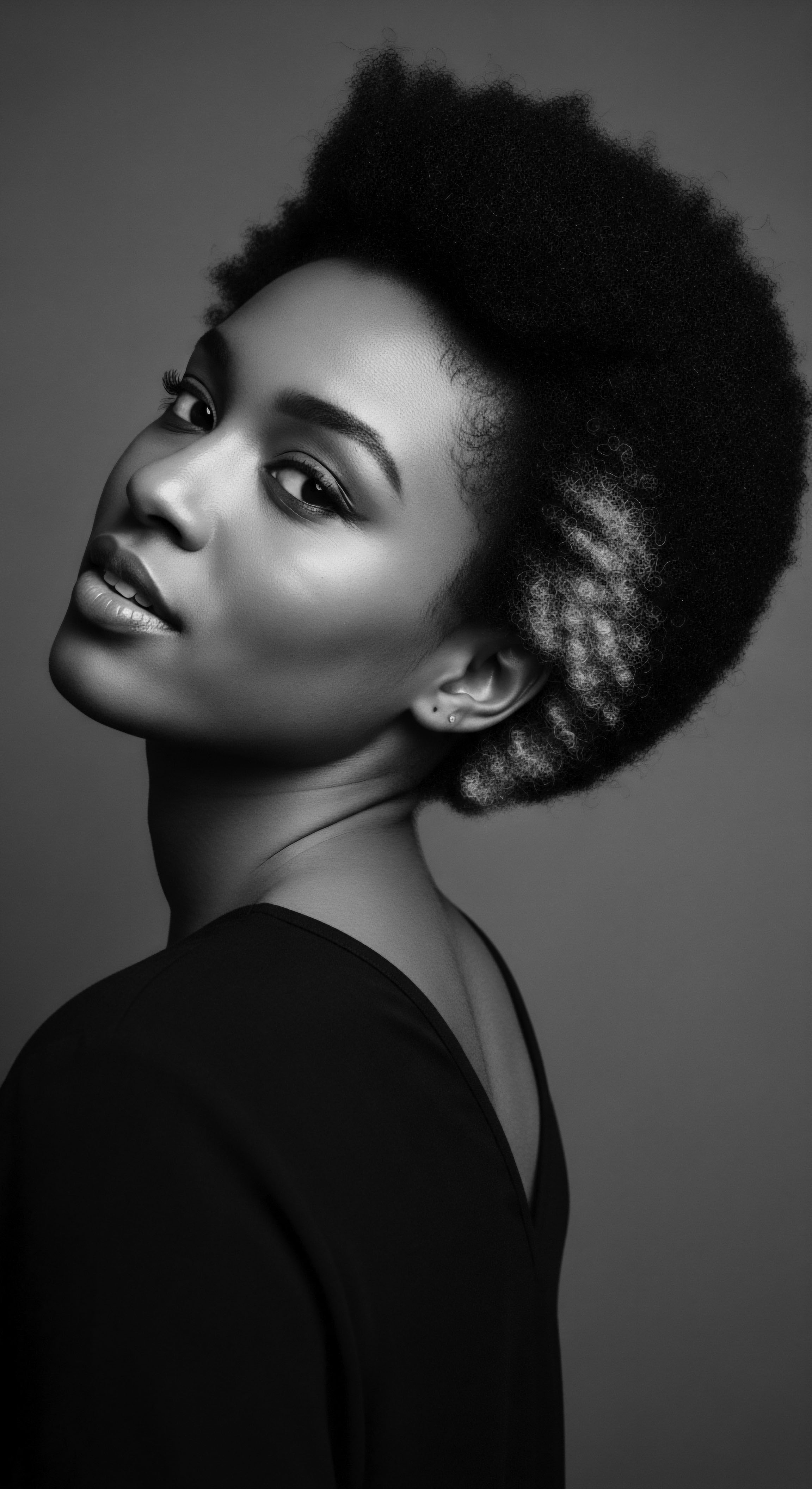
Reflection on the Heritage of Protective Hairstyles
The journey through the definition of Protective Hairstyles, from its elemental origins to its academic intricacies, reveals a profound truth ❉ hair, particularly textured hair, is a living, breathing archive of human experience. Within Roothea’s library, Protective Hairstyles stand not merely as techniques but as resonant symbols of resilience, creativity, and enduring cultural memory. Each twist, each braid, each careful coil carries the whispers of ancestors, the echoes of their wisdom, and the vibrant spirit of communities that have continually found ways to honor and preserve their heritage against all odds.
The “Soul of a Strand” ethos permeates this understanding, reminding us that every hair fiber holds a story, a connection to a lineage of care, innovation, and defiance. The practices we observe today, whether it is a meticulous set of cornrows or a carefully constructed bun, are direct descendants of ancient traditions that understood hair as a vital part of the self, deserving of reverence and thoughtful preservation. This unbroken chain of knowledge, passed through hands and hearts across continents and centuries, speaks to an innate human desire to protect what is precious and to express identity with unwavering pride.
Recognizing the heritage embedded within Protective Hairstyles encourages a deeper appreciation for the ingenuity of those who came before us. It compels us to see beyond superficial appearances and to understand the profound layers of meaning woven into each style. This appreciation extends to the biological uniqueness of textured hair, celebrating its inherent strength and beauty, and acknowledging the specific care it requires.
By embracing these styles, individuals connect with a rich ancestral legacy, asserting their identity and celebrating the continuum of Black and mixed-race hair traditions. The story of Protective Hairstyles is a vibrant testament to the enduring power of culture, a narrative that continues to be written with every carefully tended strand.
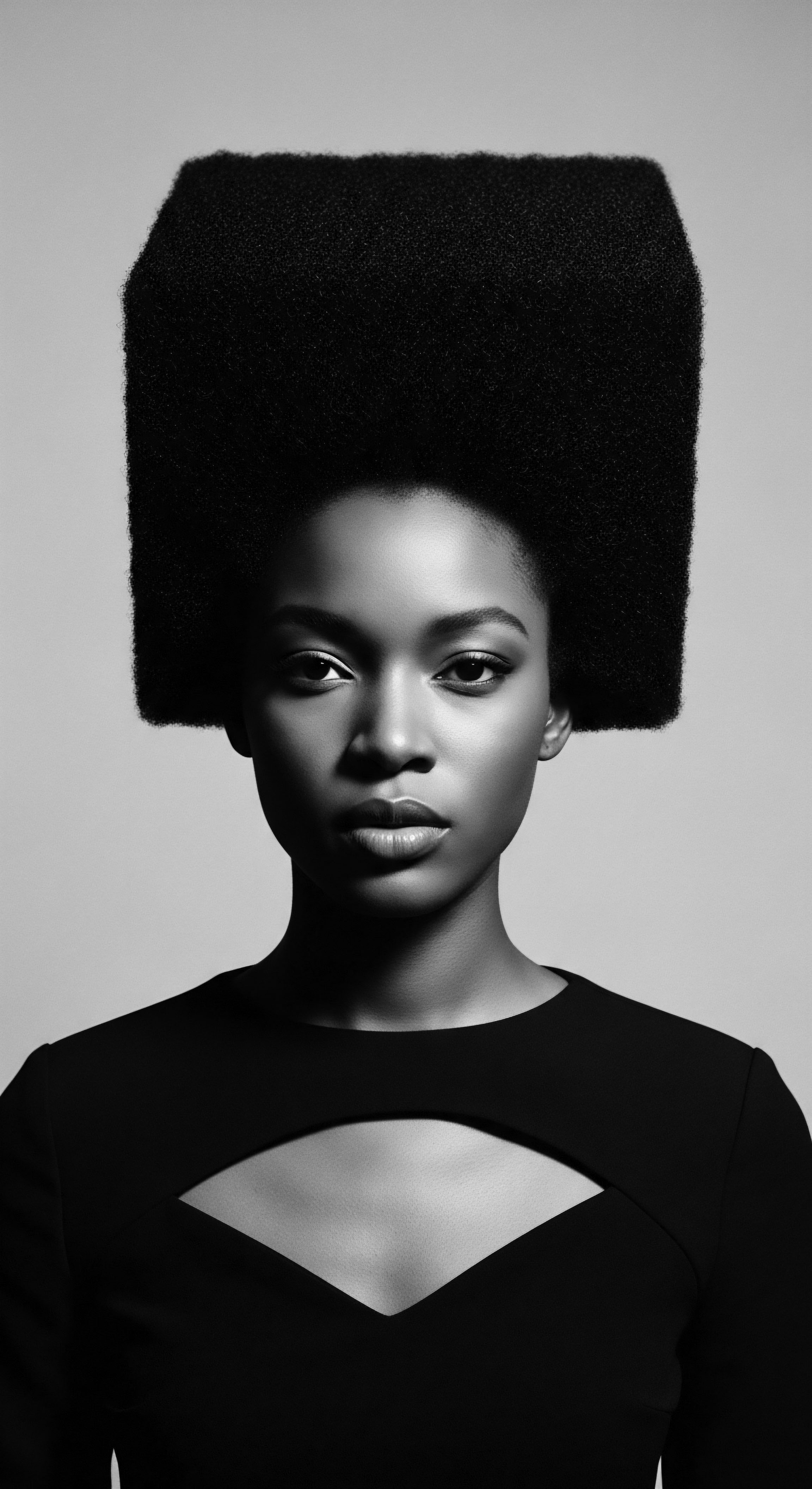
References
- Afriklens. (2024). African Hairstyles ❉ Cultural Significance and Legacy .
- Afrocenchix. (2018). Protective Styling ❉ What Every Natural Needs to Know .
- Byrd, A. D. & Tharps, L. L. (2014). Hair Story ❉ Untangling the Roots of Black Hair in America. St. Martin’s Griffin.
- Cheribe Beauty. (n.d.). The 8 Best Oils for Afro Hair Care .
- DiscoverYorùbá!. (2024). 7 Beautiful Traditional Yoruba Hairstyles – Irun Dídì Ni Ayé Àtijọ́ .
- Fashion with Ibilola. (2020). History of Cornrows ❉ Yorùbá Edition .
- Fulham Scalp And Hair Clinic. (2024). Protective Styling For Afro-Textured Hair .
- Library of Congress. (n.d.). Heavy is the Head ❉ Evolution of African Hair in America from the 17th c. to the 20th c.
- The Pigmented. (2024). 8 Best Protective Styles for Maximum Length Retention .
- Reddit. (2021). No raw oils and butters vs. Traditional African hair care? .
- Royaltee Magazine. (2021). Braids, Plaits, Locs ❉ The History of Black Protective Hairstyles .
- Sartorial Magazine. (2025). Braids, Locs, and Beyond ❉ The Beauty and History of Protective Styles .
- SAGE Publications, Inc. (2023). The SAGE Encyclopedia of African Cultural Heritage in North America .
- Taliah Waajid Brand. (2020). Why You Should Wear Protective Styles .
- TikTok. (2025). Extravagant Traditional Yoruba Hairstyles .
- Totnes Fashion & Textiles Museum. (n.d.). Hair and Wigs in Ancient Egypt .
- Whiz Laboratories. (2023). Protective Haircare Benefits and Hair Style Maintenance Tips .
